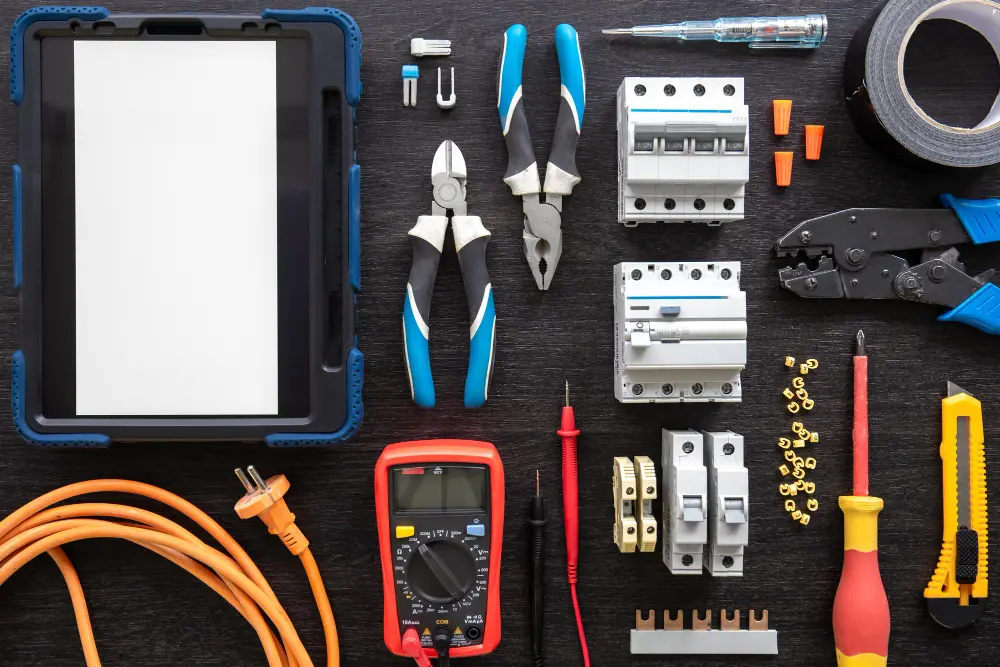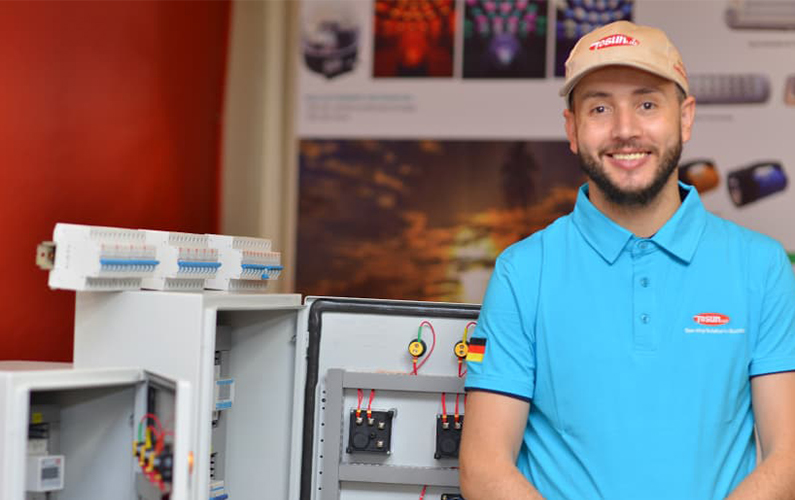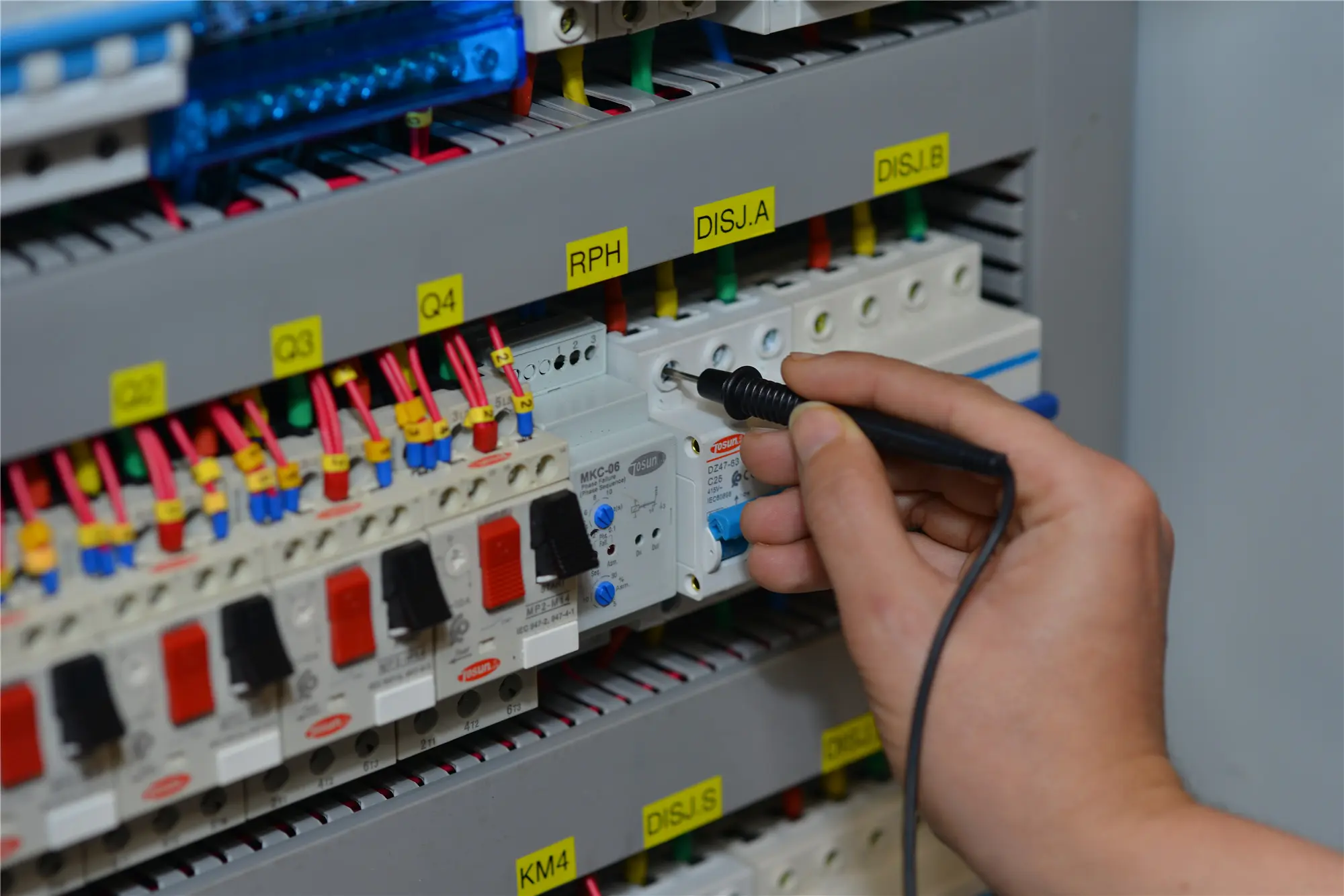How Does Push Button Switch Work?
Table of Contents
TogglePushbutton switches control everything in the electronic world—from our appliances to complex industrial machinery. These simple yet indispensable devices offer a user-friendly and reliable way to interact with electrical circuits.
Let’s delve into the structure of a pushbutton switch, and understand its working principle.
The Structure of a Pushbutton Switch
What are the components of a typical pushbutton switch? The components of pushbutton switches are: the actuator, housing, contacts, spring mechanism, and terminals.
Actuator
The external button or knob that the user presses to activate the switch. It can be made of various materials like plastic, metal, or rubber, and designed in different shapes and sizes to suit the application.
Housing
The protective casing encloses the internal components of the switch. It provides mechanical support, insulation, and protection against environmental factors.
Contacts
The conductive elements within the switch that make or break the electrical connection. They are usually made of metals like copper or silver, chosen for their excellent conductivity and resistance to corrosion.
Spring Mechanism
A spring is often incorporated to return the actuator to its original position after it is released, ensuring a consistent feel and operation.
Terminals
The connection points where external wires are attached to the switch, allowing it to be integrated into the electrical circuit.
Pushbutton Switch: Working Principle
The working principle of a pushbutton switch relies on the simple concept of closing or opening an electrical circuit.
When the actuator is pressed, it exerts force on the internal pushbutton mechanism, which moves the contacts. This mechanism can vary depending on the switch design, but the fundamental principle remains the same.
In a normally open (NO) pushbutton switch, the contacts are separated when the button is at rest. Pressing the button bridges the gap between the contacts, allowing current to flow through the circuit.
In a normally closed (NC) pushbutton switch, the contacts are connected when the button is at rest, and pressing the button breaks the connection, interrupting the current flow.
Types of Pushbutton Switches
Momentary Pushbutton Switch
The circuit is closed only while the button is being pressed. Once released, the internal spring mechanism restores the contacts to their original position, opening the circuit.
Latching Pushbutton Switch
The switch toggles between two states with each press. The first press closes the circuit, and the second press opens it. This is achieved using a different type of mechanism, such as a latching lever or a magnetic system, to hold the contacts in the desired position.
Pushbutton Switches That Last
The simple yet ingenious design of pushbutton switches makes them an integral part of countless electrical devices and systems. Their versatility, reliability, and ease of use have solidified their position as a fundamental component in the world of electronics.
Looking for affordable yet world-class quality pushbutton switches? TOSUNlux has an extensive selection of pushbutton switches and other electrical components. Check out our website today!
Tel: +86-577-88671000
E-mail: ceo@tosun.com
Skype: tosunelectric
Wechat: +86-139 6881 9286
WhatsApp: +86-139 0587 7291
Address: Room No.1001 Wenzhou Fortune Center,Station Road, Wenzhou, China
REQUEST A QUOTE
WhatsApp us
 : +86-139 0587 7291
: +86-139 0587 7291 English
English Español
Español Русский
Русский Français
Français العربية
العربية Português do Brasil
Português do Brasil Українська
Українська Türkçe
Türkçe Polski
Polski Nederlands
Nederlands Italiano
Italiano Bahasa Indonesia
Bahasa Indonesia हिन्दी
हिन्दी اردو
اردو አማርኛ
አማርኛ Հայերեն
Հայերեն ไทย
ไทย Монгол
Монгол فارسی
فارسی Shqip
Shqip Ελληνικά
Ελληνικά


